Types of Fossils
There are several types of fossils that can be found in the fossil record, including:- Body Fossils: These are the preserved remains of an organism's body, such as bones, teeth, and shells.
- Trace Fossils: These are evidence of an organism's activity, such as footprints, burrows, or coprolites (fossilized feces).
- Chemical Fossils: These are preserved organic molecules, such as DNA, proteins, or pigments.
Formation of Fossils
The process of fossilization involves several steps:- Death: An organism dies and its remains are buried by sediment.
- Decomposition: Soft tissues decompose, leaving behind hard parts that may become fossils.
- Mineralization: The hard parts of the organism are replaced by minerals, preserving the original structure.
- Exposure: Fossils may be exposed through erosion or tectonic activity, allowing them to be discovered.
Importance of Fossil Records
Fossil records are important for several reasons:- They provide evidence for the history of life on Earth, including the appearance and extinction of various species.
- They offer insights into the process of evolution and the relationships between different organisms.
- They help scientists understand past environmental conditions and the changes that have occurred over geological time.
- They serve as a basis for the study of paleontology, a field that contributes to our understanding of ancient life forms and ecosystems.
Studying Fossil Records
To study fossil records, scientists use various methods and tools, including:- Geological Dating: Techniques such as radiometric dating and stratigraphy are used to determine the age of fossils and the sedimentary rocks in which they are found.
- Comparative Anatomy: By comparing the anatomical features of fossils with those of living organisms, scientists can infer relationships and evolutionary patterns.
- Isotopic Analysis: Isotopic signatures in fossils can provide information about ancient diets, habitats, and environmental conditions.
- Digital Reconstruction: Advanced imaging and modeling techniques allow for the virtual reconstruction of fossilized organisms and their habitats.
◂Science Worksheets and Study Guides Eighth Grade. Bones, muscles, and skin
Study Guide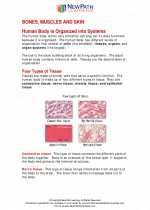 Bones, muscles, and skin
Bones, muscles, and skin  Worksheet/Answer key
Worksheet/Answer key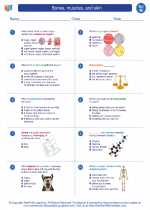 Bones, muscles, and skin
Bones, muscles, and skin  Worksheet/Answer key
Worksheet/Answer key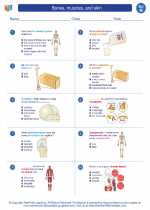 Bones, muscles, and skin
Bones, muscles, and skin  Worksheet/Answer key
Worksheet/Answer key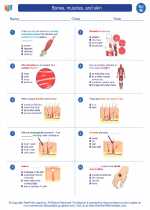 Bones, muscles, and skin
Bones, muscles, and skin  Vocabulary/Answer key
Vocabulary/Answer key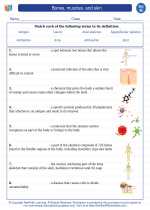 Bones, muscles, and skin
Bones, muscles, and skin  Vocabulary/Answer key
Vocabulary/Answer key Bones, muscles, and skin
Bones, muscles, and skin  Vocabulary/Answer key
Vocabulary/Answer key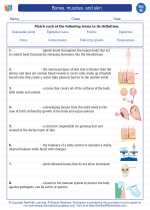 Bones, muscles, and skin
Bones, muscles, and skin  Vocabulary/Answer key
Vocabulary/Answer key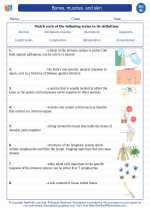 Bones, muscles, and skin
Bones, muscles, and skin  Vocabulary/Answer key
Vocabulary/Answer key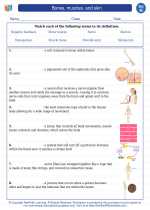 Bones, muscles, and skin
Bones, muscles, and skin  Vocabulary/Answer key
Vocabulary/Answer key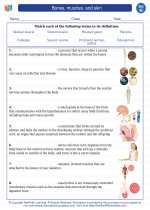 Bones, muscles, and skin
Bones, muscles, and skin  Vocabulary/Answer key
Vocabulary/Answer key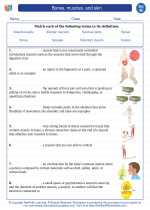 Bones, muscles, and skin
Bones, muscles, and skin 

 Worksheet/Answer key
Worksheet/Answer key
 Worksheet/Answer key
Worksheet/Answer key
 Worksheet/Answer key
Worksheet/Answer key
 Vocabulary/Answer key
Vocabulary/Answer key
 Vocabulary/Answer key
Vocabulary/Answer key
 Vocabulary/Answer key
Vocabulary/Answer key
 Vocabulary/Answer key
Vocabulary/Answer key
 Vocabulary/Answer key
Vocabulary/Answer key
 Vocabulary/Answer key
Vocabulary/Answer key
 Vocabulary/Answer key
Vocabulary/Answer key
